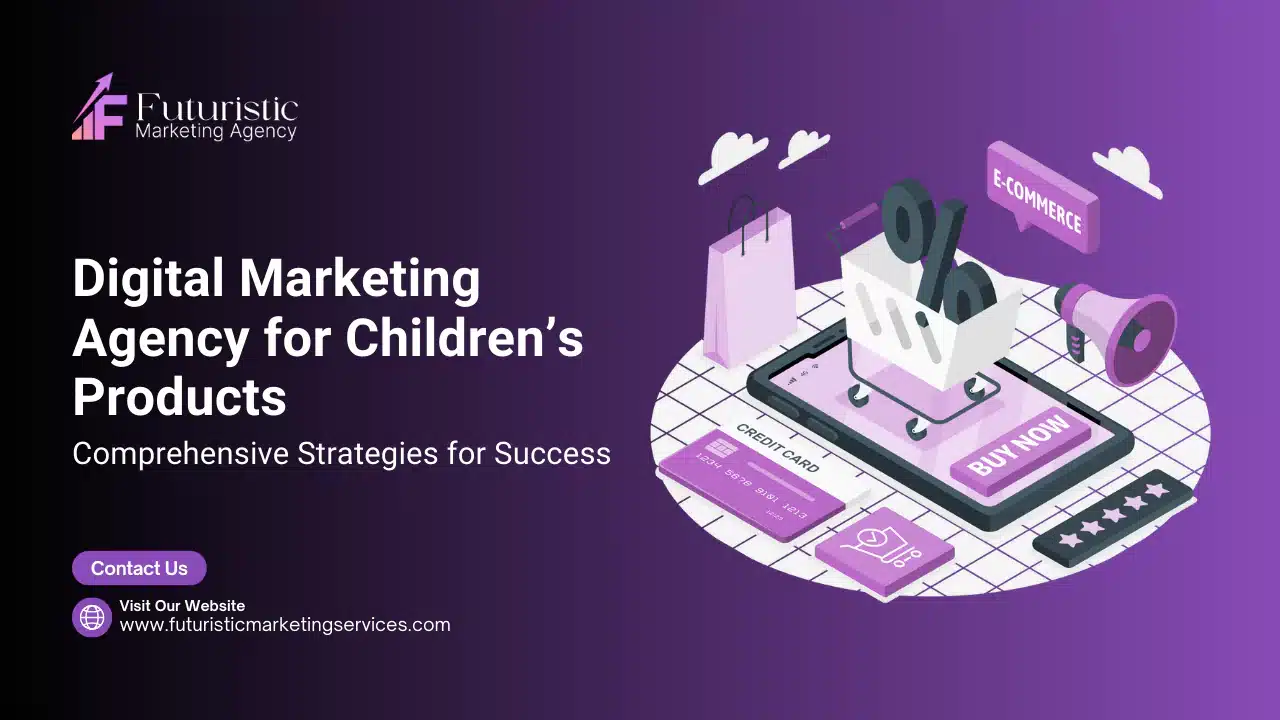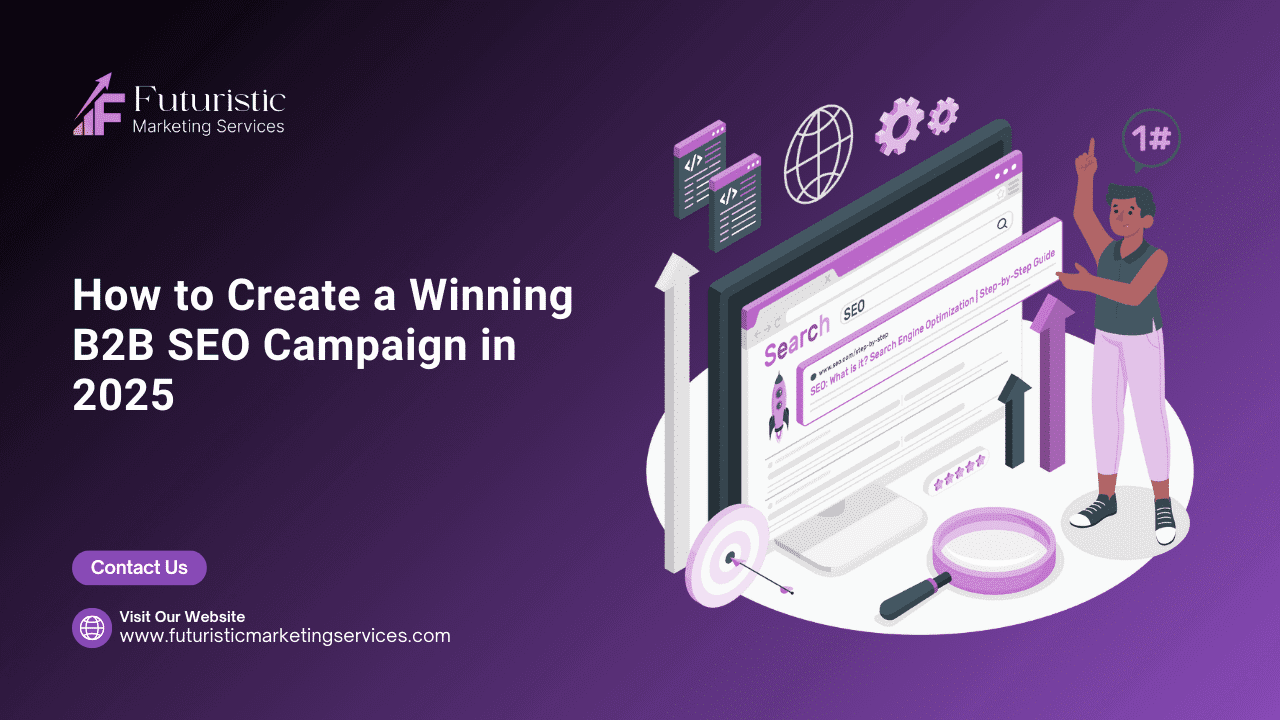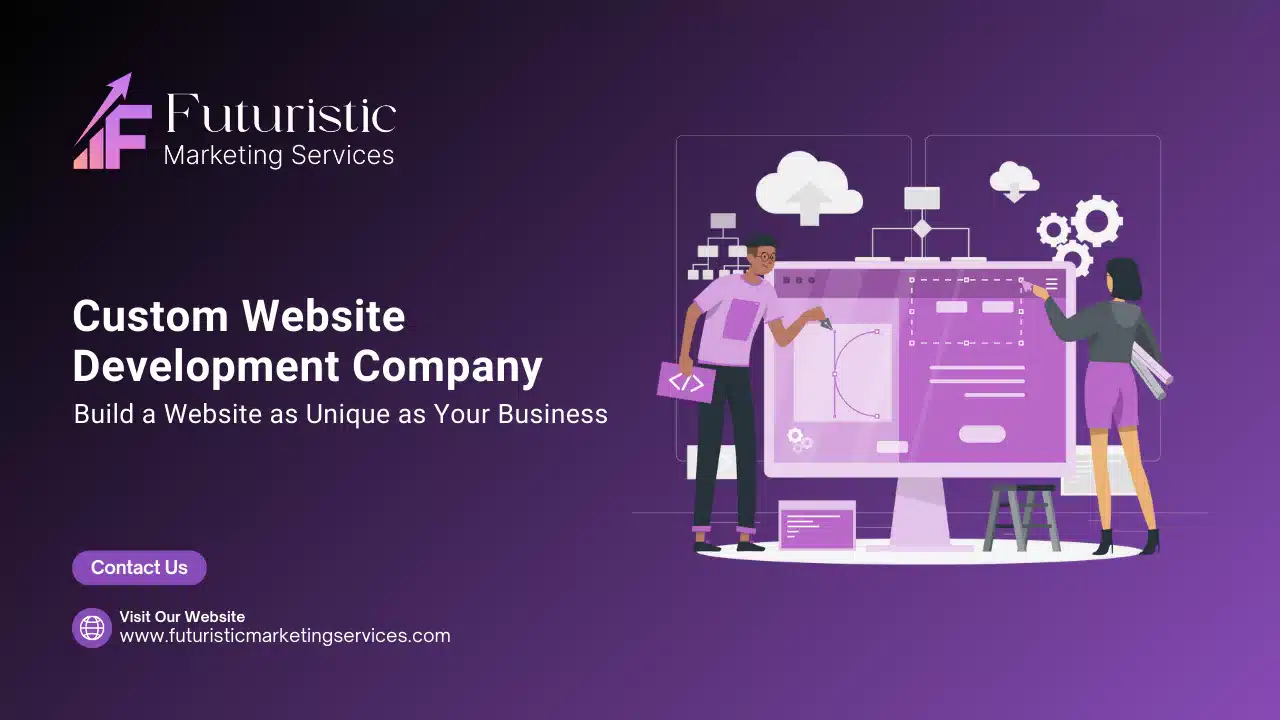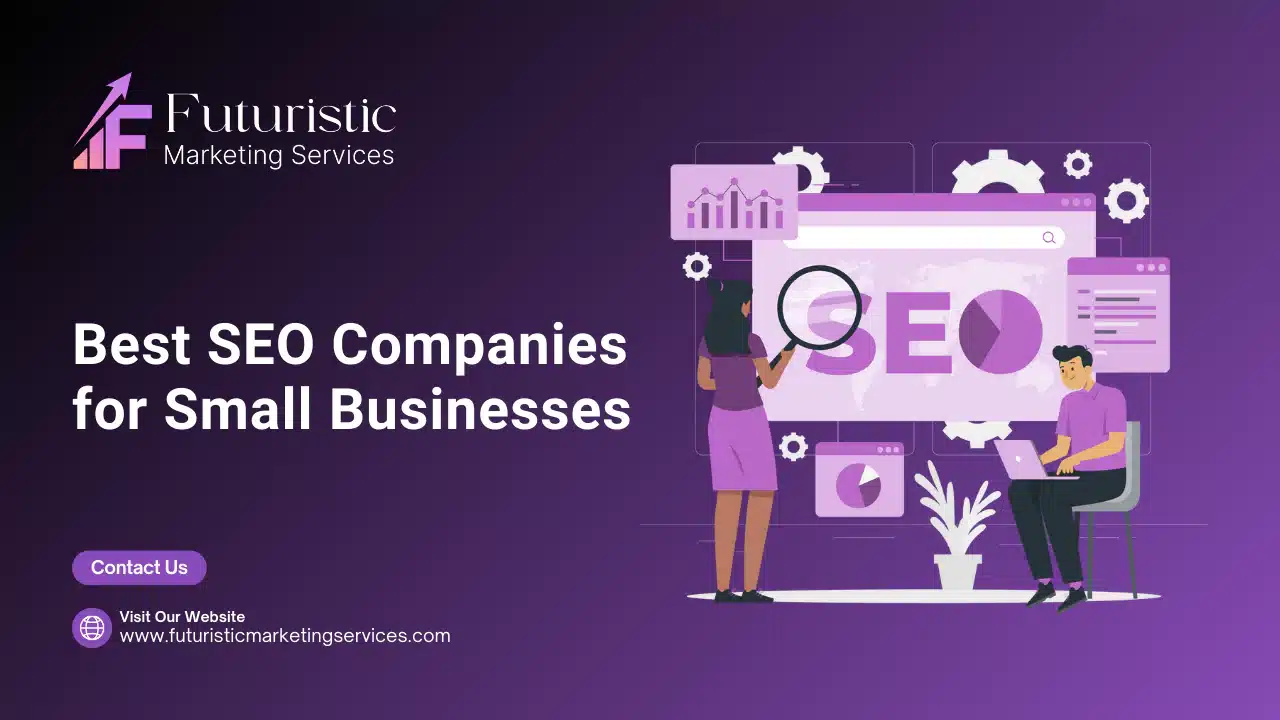The children’s products market is competitive, innovative, and fast-evolving, requiring brands to adopt specialized digital marketing strategies to connect with their target audience—primarily parents and caregivers. Digital marketing agencies that specialize in this niche bring a wealth of expertise, tools, and strategies tailored to help brands stand out. In this detailed article, we’ll explore the role of digital marketing agencies in promoting children’s products, effective strategies, and how to choose the right agency for your needs.

Understanding the Children's Products Market
1. Industry Overview
The children’s products industry is vast, including everything from toys and clothing to baby gear and educational products. In the U.S., this market is growing steadily, driven by an increase in parental spending and demand for premium, sustainable, and safe products.
External Stat: The global market for children’s products is projected to reach $275 billion by 2026, growing at a CAGR of 8.5% (source).
2. Target Audience Demographics
- Parents: Primarily millennials and Gen Z parents who are tech-savvy and prioritize convenience, eco-friendliness, and safety in products.
- Gift Buyers: Extended family members and friends purchasing gifts for children’s occasions like birthdays, holidays, or baby showers.
3. Buyer Behavior Insights
Parents are highly research-driven. They rely on online reviews, social proof, and educational content before making purchasing decisions. Digital marketing must address their pain points, such as product safety, value for money, and brand credibility.

Why Digital Marketing is Crucial for Children's Products
1. Increased Online Presence
With most parents beginning their purchasing journey online, having a strong digital presence is non-negotiable. Digital marketing ensures your brand is discoverable on search engines, social media, and other platforms.
2. Building Brand Trust
Parents look for brands that resonate with their values, such as safety, sustainability, and affordability. A strong digital strategy can help position your brand as reliable and trustworthy.
3. Competitive Advantage
The children’s products market is crowded with established and emerging brands. A tailored digital marketing approach ensures your brand stands out and reaches its target audience effectively.
External Stat: 70% of consumers research products online before purchasing, making a strong digital strategy essential (source).
Key Digital Marketing Strategies for Children's Products
1. Search Engine Optimization (SEO)
SEO is critical for ensuring your website ranks high in search engine results for relevant keywords like “best baby strollers” or “eco-friendly toys.”
- On-Page SEO: Optimize product pages with detailed descriptions, high-intent keywords, and clear calls-to-action.
- Technical SEO: Improve page speed, mobile responsiveness, and schema markup for rich results.
- Local SEO: Optimize for local searches like "baby stores near me" to attract nearby customers.
Websites that appear on the first page of Google receive 91.5% of search traffic (source).
2. Pay-Per-Click Advertising (PPC)
PPC advertising allows brands to target specific demographics with paid ads.
- Use Google Ads to target parents searching for specific products.
- Leverage Facebook and Instagram Ads to create visually appealing campaigns.
- Utilize ad extensions to showcase prices, reviews, and offers.
3. Social Media Marketing
Social media is a powerful tool for connecting with parents and showcasing your products.
- Organic Strategies: Share parenting tips, user-generated content, and behind-the-scenes looks at your brand.
- Paid Ads: Target specific audiences based on age, location, and interests.
- Engagement: Run interactive campaigns, such as polls and Q&A sessions, to build relationships with your audience.
4. Content Marketing
Creating valuable and engaging content can set your brand apart.
- Publish blogs on parenting tips, product reviews, and how-to guides.
- Develop videos that showcase product use or testimonials from satisfied customers.
- Create infographics highlighting safety features or educational benefits of your products.
Content marketing generates three times more leads than traditional marketing while costing 62% less (source).
5. Email Marketing
Email campaigns are a cost-effective way to nurture leads and maintain customer relationships.
- Send personalized recommendations based on customer preferences.
- Offer exclusive discounts and early access to new product launches.
- Use automation for welcome emails, abandoned cart reminders, and follow-ups.

How to Choose the Right Digital Marketing Agency
1. Expertise in the Children's Products Niche
Look for agencies with experience in your industry. A specialized agency will understand your target audience’s needs and challenges, ensuring tailored strategies.
2. Proven Track Record
Review the agency’s portfolio and case studies to assess their ability to deliver results. Positive client testimonials and examples of successful campaigns are strong indicators of reliability.
3. Comprehensive Services
Ensure the agency offers a wide range of services, including SEO, PPC, social media management, content creation, and analytics. Integrated strategies deliver better results.
4. Alignment with Brand Values
Choose an agency that understands your brand’s voice, values, and mission. This ensures consistent messaging across all campaigns.
5. Transparent Reporting
A good agency provides regular performance reports with actionable insights, enabling you to track the success of your campaigns.
Case Studies: Successful Digital Campaigns
Case Study 1: Eco-Friendly Toy Brand
- Challenge: Low online visibility and weak customer engagement.
- Solution: The agency developed a blog series targeting eco-conscious parents, optimized product pages for SEO, and launched a video ad campaign on Instagram.
- Results: Organic traffic increased by 180%, and conversions grew by 40%.
Case Study 2: Local Baby Gear Store
- Challenge: Attracting local customers in a competitive market.
- Solution: Focused on local SEO, created Google My Business posts, and ran geotargeted PPC ads.
- Results: A 60% increase in foot traffic and a 25% boost in sales within three months.

Challenges in Marketing Children's Products Online
- Regulatory Compliance: Strict advertising regulations for children's products require careful content creation.
- Content Sensitivity: Ensuring all marketing materials are appropriate for children and resonate with parents.
- Market Saturation: The crowded marketplace requires brands to find unique ways to stand out.
- Cost Management: Digital campaigns can become expensive without proper planning and optimization.
- Data Privacy: Protecting customer data, especially when targeting parents and children, is crucial.
Future Trends in Digital Marketing for Children's Products
- Influencer Marketing: Collaborate with parent bloggers and child influencers to amplify brand reach.
- Interactive Content: Use quizzes, augmented reality, and games to engage young audiences and parents.
- Sustainability Messaging: Highlight eco-friendly practices and materials to attract environmentally conscious consumers.
- Voice Search Optimization: Optimize for voice queries like “best toys for toddlers.”
- Short-Form Videos: Leverage platforms like TikTok and Instagram Reels for highly engaging, bite-sized content. E
82% of global internet traffic will be video content by 2024 (source).
Conclusion
Digital marketing is an indispensable tool for brands in the children’s products industry to thrive in a competitive and evolving market. By leveraging strategies like SEO, PPC, and social media marketing, you can effectively connect with parents, build trust, and grow your brand. Partnering with a specialized digital marketing agency ensures your campaigns are optimized for success, delivering measurable results.
Ready to transform your digital marketing strategy? Contact us today to craft tailored campaigns that will elevate your brand and captivate your audience.









